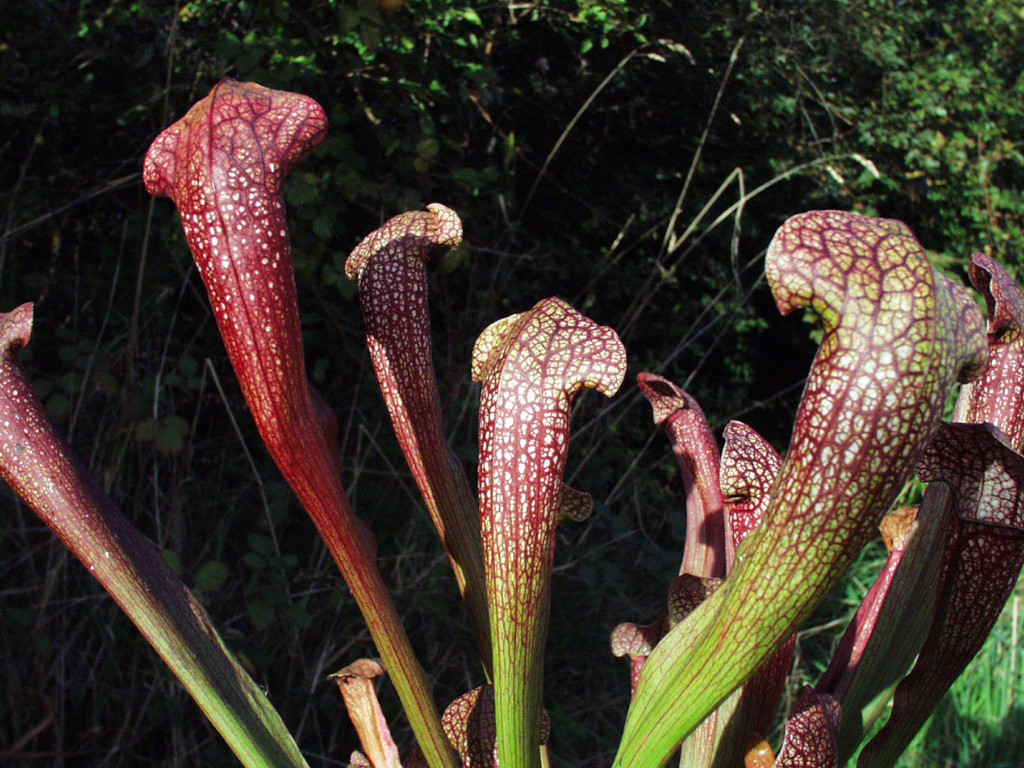We will provide you with the main reasons why the pitchers of your Sarracenia will turn brown. In addition, we will give you tips on how to take care of your Sarracenia. One of the most common questions people ask when they first get to know Sarracenia is why the leaves turn brown.
What is a Sarracenia?
Sarracenia (trumpet pitcher plant) is a genus of carnivorous plants native to the eastern United States and Canada. These plants owe their common name, Trumpet Pitcher plant, to their unique shape. The leaves of Sarracenia form a tubular structure with a wide opening at the top and a small opening at the bottom. The low part of the leaf contacts the soil. The shape of the trap is also reminiscent of a trumpet. The plant catches insects by drowning them in digestive juices secreted by the leaves.
Why do my Sarracenia’s traps turn brown?
The leaves of Sarracenia turn brown for several reasons. One reason is that the plant adapts to changes in its environment. For example, if the plant does not get enough sunlight, the leaves will turn brown to absorb more light.
Another reason Sarracenia leaves turn brown is because the plant digests insects. The digestive juices secreted from the leaves will turn the leaves brown.
In addition, traps turn brown when they are old. This is quite normal and will happen to every Sarracenia eventually. Around October, the plant goes into hibernation. Then the traps will slowly die back. In spring, somewhere around March or April, the growth period starts again. Then the plant will develop new traps again.
The final reason why the leaves turn brown is due to pests or diseases. If the plant is infected with a disease, the leaves will turn brown because of the infection.
How to care for my Sarracenia during hibernation?
Make sure to cut back dying leaves to about 10 cm. from the pot. This way the insects that are caught in the pitcher will stay in the plant, and this way your pitcher plant will have time to digest the nutrition into their root system.
Sometimes the pitcher plant will have some remaining traps from the year before, which became totally brown. Peal them off gently from the rhizome. When Sarracenias are in hibernation, they won’t require too much water anymore, so minimise watering to about once a week but keep the soil humid.

